History of the Tower of London
The Tower of London, that formidable symbol of England's national heritage, served as a royal residence as well as a prison in the medieval period. The monarch traditionally spent the night at the Tower before his or her coronation ceremony at Westminster Abbey. It has been the stage on which much of England's dramatic but often sad and bloody saga of royal history has been played out.
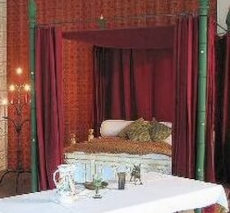
The Tower of London in the Middle Ages
The Tower of London, that formidable symbol of England's national heritage, served as a royal residence as well as a prison in the medieval period. The monarch traditionally spent the night at the Tower prior to his or her coronation ceremony at Westminster Abbey. It has been the stage on which much of England's dramatic but often sad and bloody saga of royal history has been played out. The Tower of London was founded by King William the Conqueror. After his coronation on Christmas Day, 1066, William hastily ordered the erection of a wooden fortress between the Thames and the ancient Roman wall which then surrounded London.
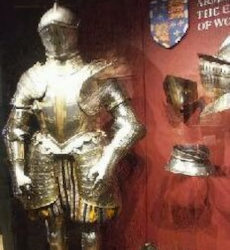
The Tower in the Tudor Era
Many royal prisoners were to arrive at the Tower under the Tudor dynasty, particularly under that most ruthless and tyrannical of monarchs, Henry VIII. He had two of his famous six wives executed on Tower Green, along with many others in this most bloodstained of reigns.
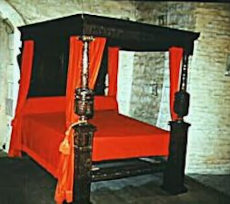
The Tower in the Stuart Era
The interrogations of the notorious Gunpowder Plot prisoners took place at the Tower of London in 1605. Guy Fawkes, a Catholic Yorkshire man, headed a plot to blow up King James I, and the Houses of Parliament. Fawkes rented a cellar beneath the Parliament buildings, where he and his co-conspirators stored barrels of Gunpowder concealed under piles of wood. He was to ignite the gunpowder on November 5th, 1604.
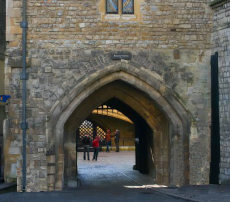
The Bloody Tower
The Bloody Tower, one of the 21 towers which, together, form the Tower of London complex, was built in the early 1220's during the reign of King Henry III. The Bloody Tower is infamous due to the mysterious murder of the two young Princes in the Tower Edward V and his brother, Richard Duke of York, which is traditionally believed to have taken place there.
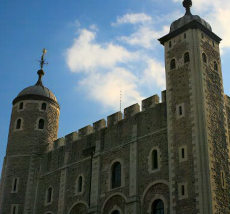
The White Tower
The White Tower is the oldest part of the Tower of London complex, it was built by William the Conqueror between 1078 - 1097. A rectangular stone keep of Caen stone, designed as an impregnable fortress and as an impressive and awesome demonstration of his power to the Londoners.
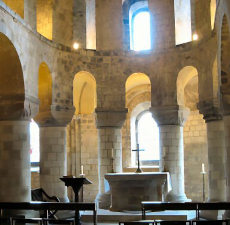
The Chapel of St. John, White Tower
The beautiful but austere Romanesque Chapel of St John is situated on the second floor of the White Tower and is one of the finest surviving examples of Norman church architecture.
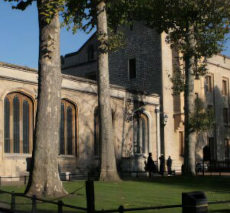
The Chapel of St. Peter ad Vincula and Tower Green
The Chapel of St. Peter ad Vincula and Tower Green- The Chapel Royal of St. Peter ad Vincula (St. Peter in chains) is the parish church of the Tower of London. A low rectangular stone building, the chapel is situated in the north west corner of the Tower's Inner Ward, by Tower Green and dates from 1520. The chapel now serves as a place of worship for the Tower's residents.
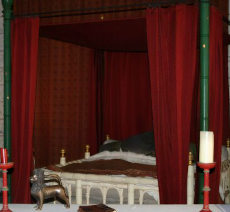
The Medieval Palace
The Medieval Palace at the Tower of London, which is housed in St Thomas's Tower, the Wakefield Tower and the Lanthorn Tower, contains reconstructions of the rooms used by medieval kings of England during their visits to the Tower. When King Henry III (reigned 1216-1272) and his son Edward I (reigned 1272-1307) expanded the defences of the tower in the thirteenth century, they also added the royal palace.
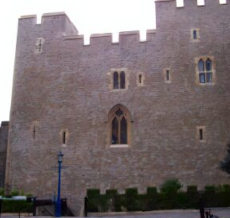
The Beauchamp Tower
The Beauchamp Tower forms part of the inner defensive wall and was built between 1275 - 1281 by King Edward I. It replaced a twin towered gatehouse on the site which had been built by his father, King Henry III. The tower is built mostly of brick, but faced externally with stone and was so named after its first prisoner Thomas Beauchamp,Earl of Warwick. The Earl of Warwick was attainted by Richard II in 1397.
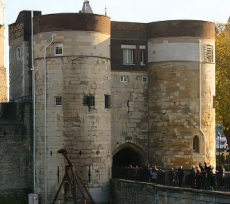
The Byward Tower
The Byward Tower, sited at the south-west corner of the Tower of London complex next to the moat, is now used as the main entrance for visitors. The tower is the great gatehouse of the Outer Ward of the Tower of London and was built by King Henry III between 1238 - 1272 to offer additional protection to the central keep.
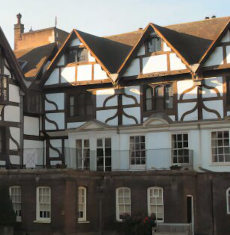
The Queen's House
The half timbered Queen's House, which faces Tower Green, was built in around 1530, in the reign of King Henry VIII, in a very different style than the rest of the Tower of London. Henry VIII probably built the Queen's House for his second Queen, Anne Boleyn, who was executed soon afterwards. Anne is said to have stayed there prior to her execution on nearby Tower Green, ironically imprisoned in the same lodgings that she stayed in before her coronation in 1533.
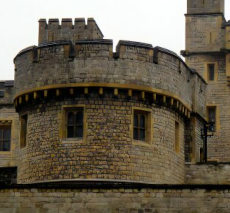
The Bowyer Tower
The Bowyer Tower is situated midway on the north face of the inner curtain wall which surrounds the Tower of London. The tower was built in 1238-41, by King Henry III, an avid royal builder who greatly altered the appearance of the Tower of London. The Bowyer Tower is D-shaped in plan with a south turret on two storeys.
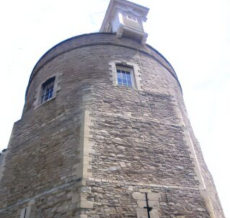
The Bell Tower
The Bell Tower is situated immediately adjoining the Queen's House. The tower was constructed to reinforce the defensive wall of the inner bailey and was built during the late twelfth century, making it the second oldest tower after the Norman White Tower and may have been built on the orders of King Richard the Lionheart (1189-99).
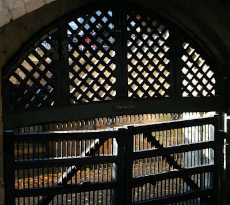
Traitor's Gate
The infamous entrance to the Tower of London, Traitors Gate, is the water-gate entrance to the Tower of London complex and forms part of St. Thomas' Tower, which was built to provide additional royal accommodation.
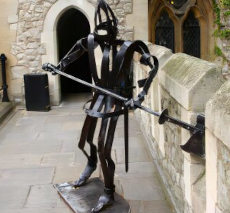
The Salt Tower
The Salt Tower, one of the 21 towers which make up the Tower of London complex, was built in the late 1230's and is part of King Henry III's curtain wall which surrounds the fortress. Built on the Tower 's south-eastern corner, the Salt Tower overlooked the River Thames. The Salt Tower was initially known as the Julius Caesar's Tower and later Baliol's Tower. It is possible that the tower came to be referred to as the 'Salt Tower' as in medieval England salt was extremely expensive and could only be afforded by the higher nobility.
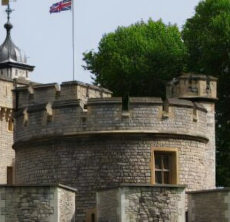
The Devereux Tower
The Devereux Tower is situated in the north-west corner of the inner curtain wall and was built by King Henry III, an avid royal builder, between 1238 - 1272, when it was known as 'Robyn the Devil's Tower The tower consists of two stories, with an apartment in each, joined by a spiral stone staircase. Secret passages once ran from the Devereux Tower to the Chapel of St.Peter ad Vincula and the Beauchamp Tower. Much of the tower was rebuilt from the mid-eighteenth century.
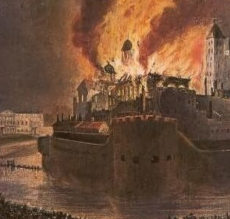
Recent History of the Tower
Many of the Tower's ancient ceremonies are kept alive, such as the Beating of the Bounds and the seven hundred-year-old Ceremony of the Keys, which still takes place for the benefit of tourists. The Crown Jewels are stored at the Tower of London when not being used by the monarch for state occasions. One of the main attractions of the Tower, they are kept in the Jewel House where they can be viewed by the public.
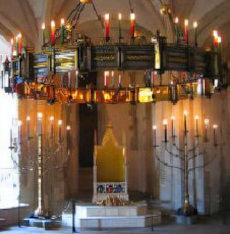
The Theft of the Crown Jewels
Colonel Blood has gone down in history as a bold rogue capable of a feat of unsurpassable wit and mischievousness and known to all that have come after as the man who stole the Crown Jewels. Born as Thomas Blood in 1618, he was an Irishman native of the County of Meath and son of a talented and prosperous blacksmith. Blood started working on a secret plot to steal the Crown Jewels. These were kept securely at the Tower of London in one of the lower basements, constantly watched by their keeper Talbot Edwards.
